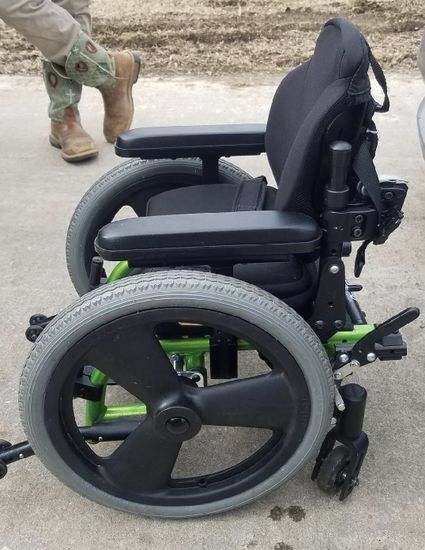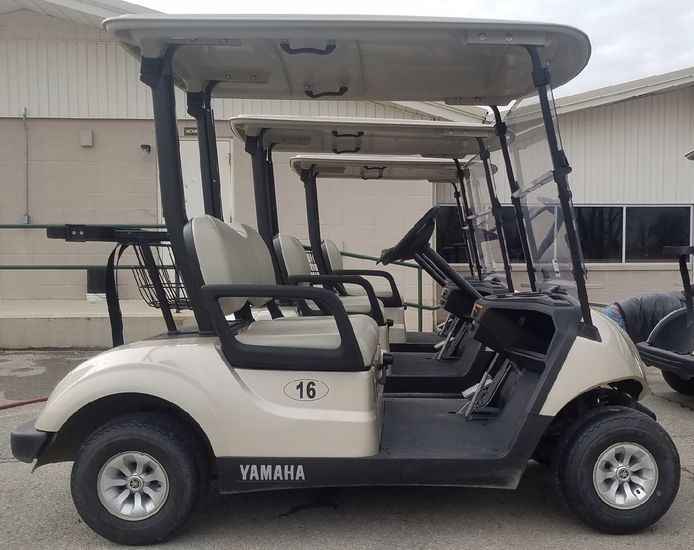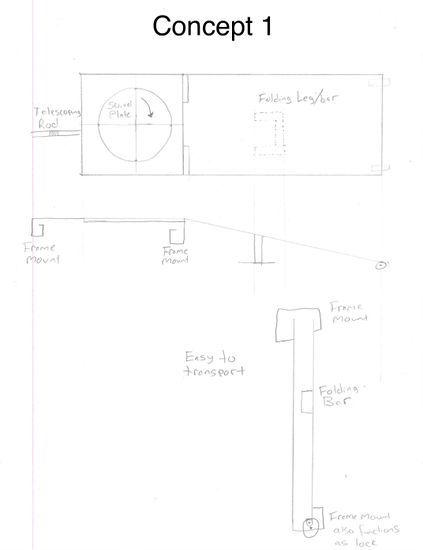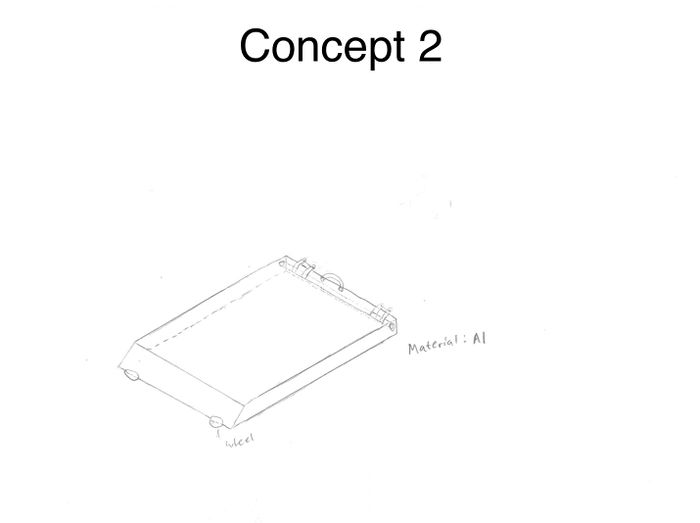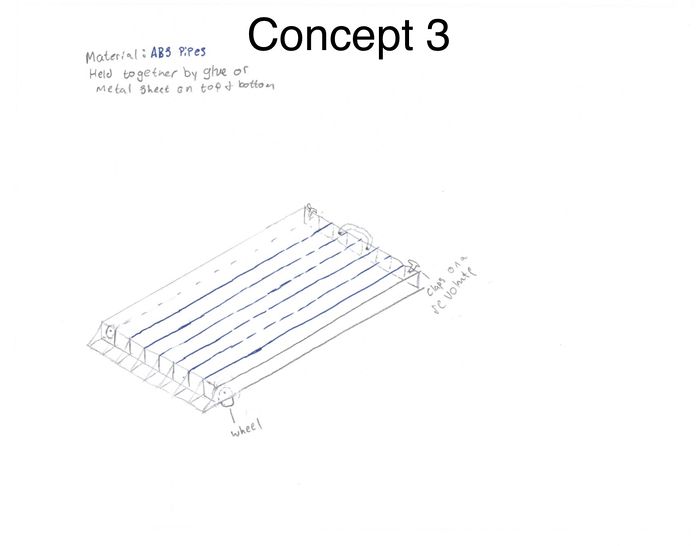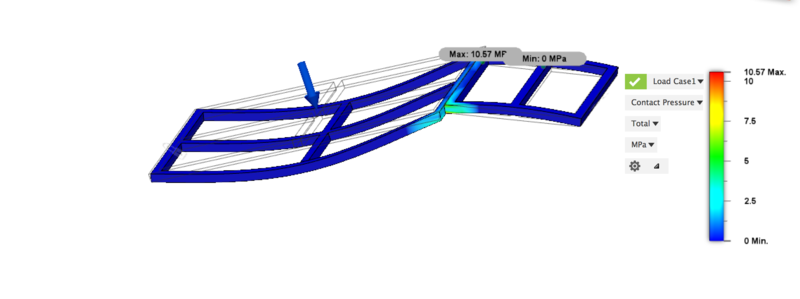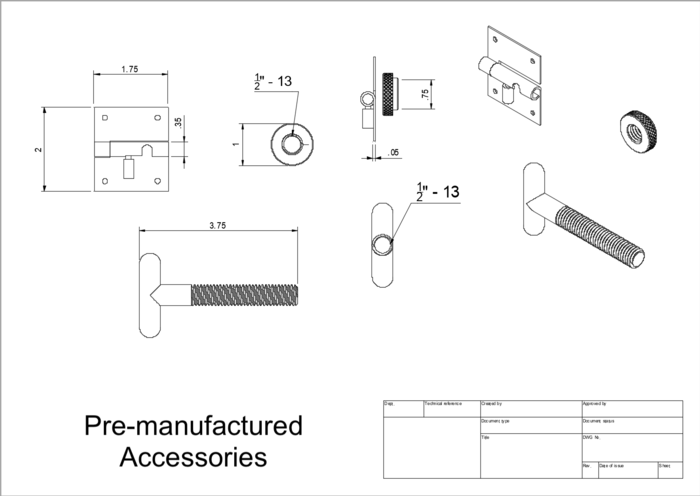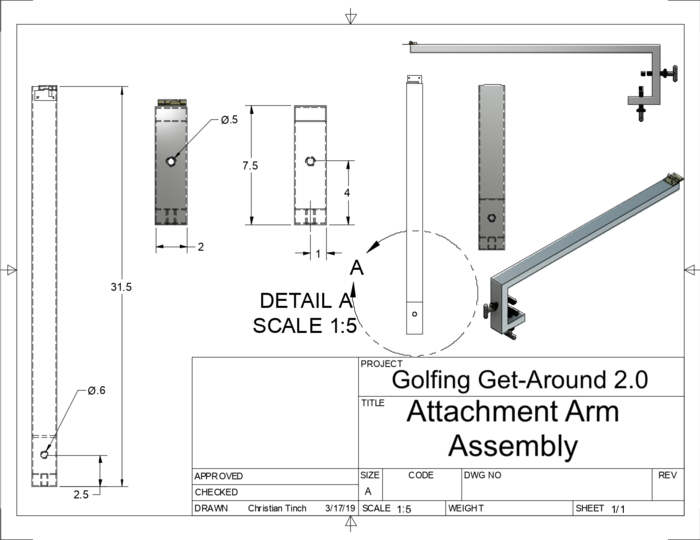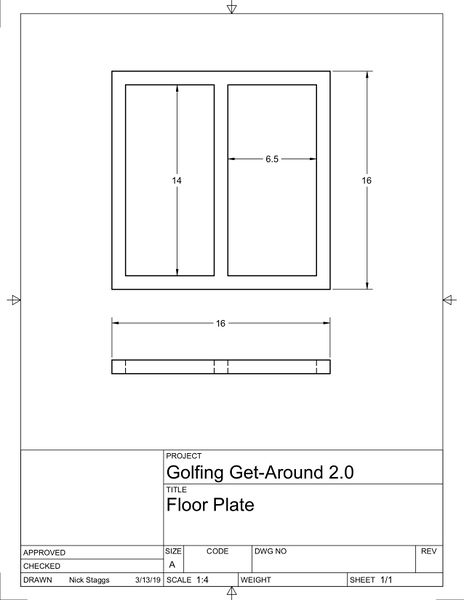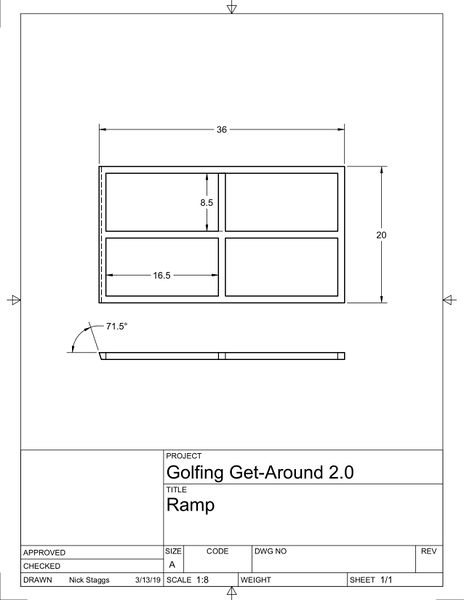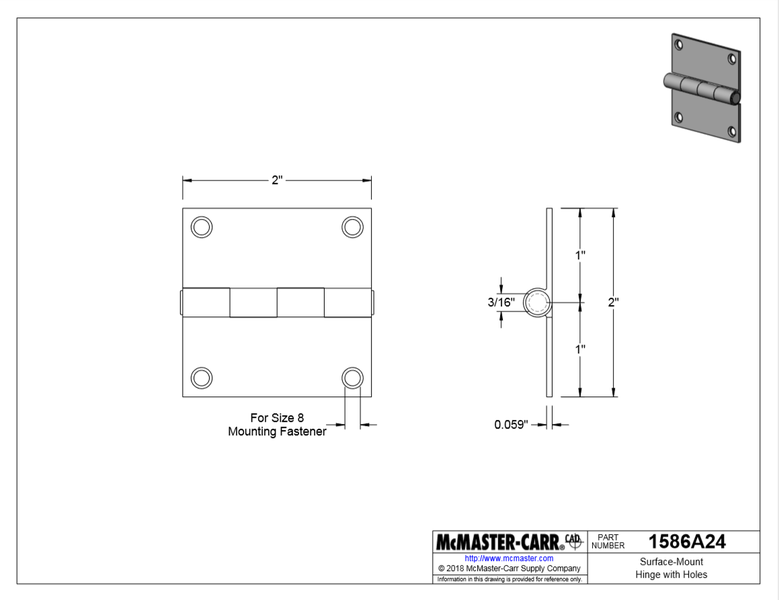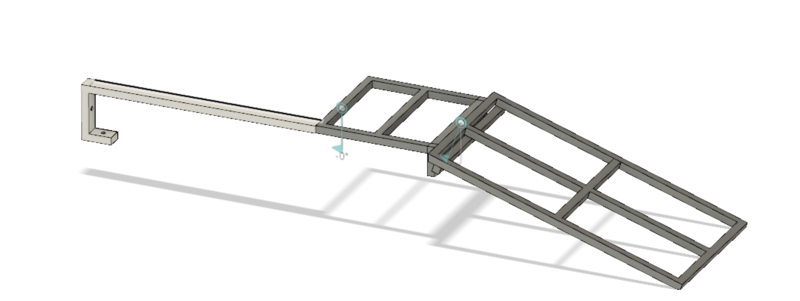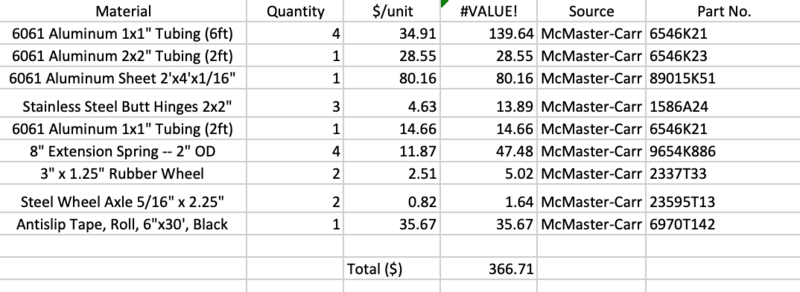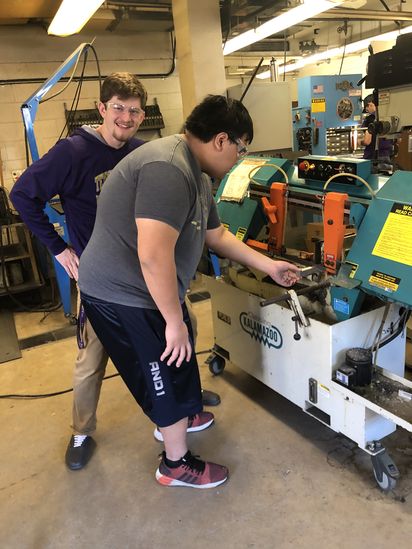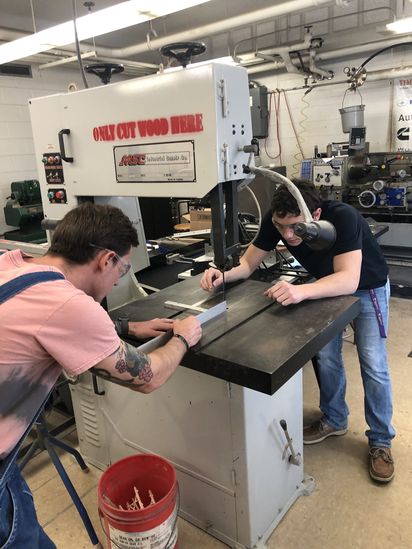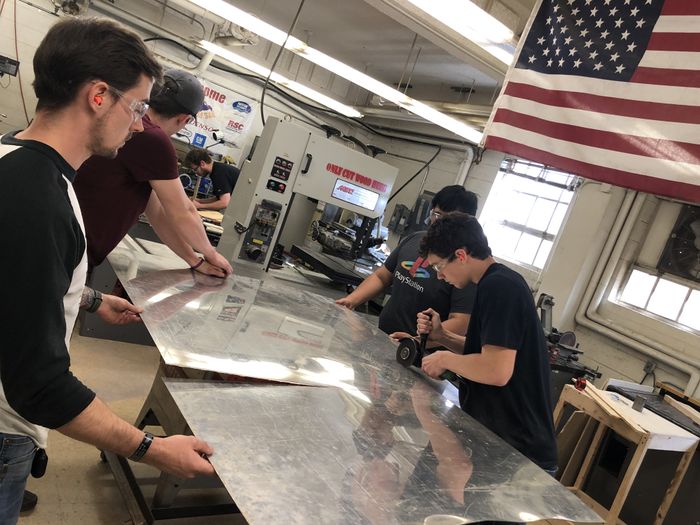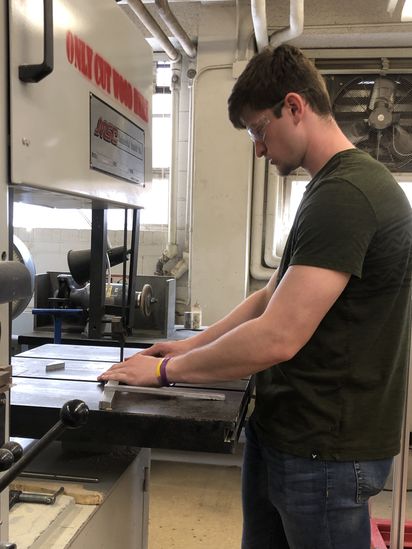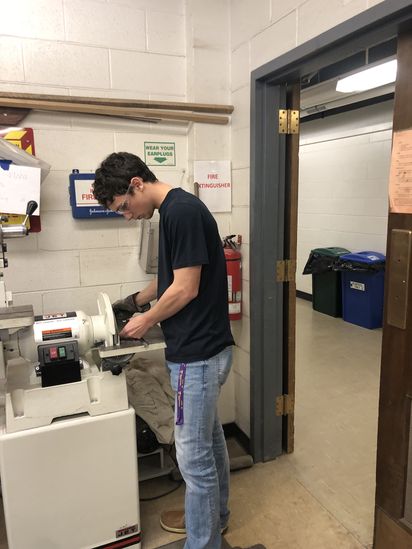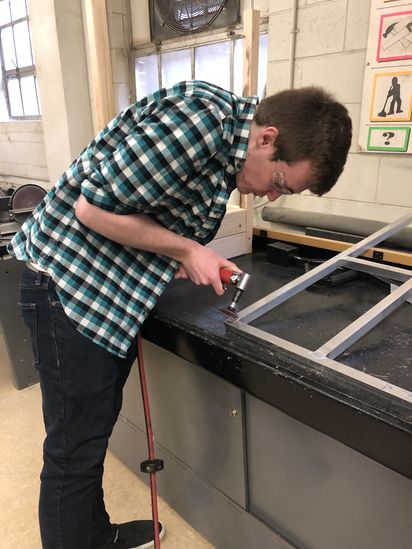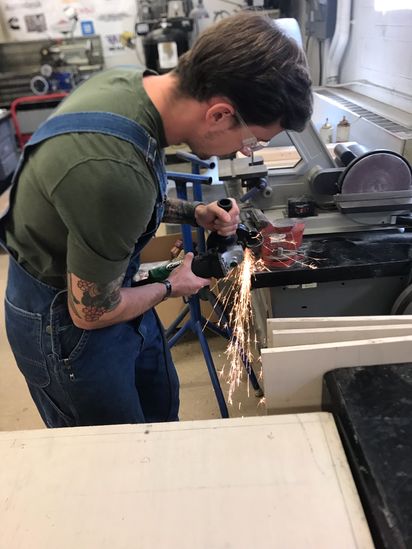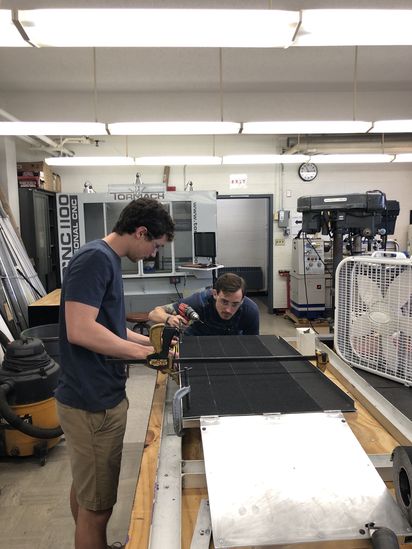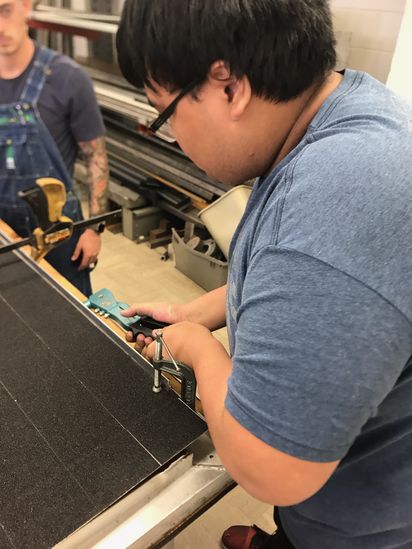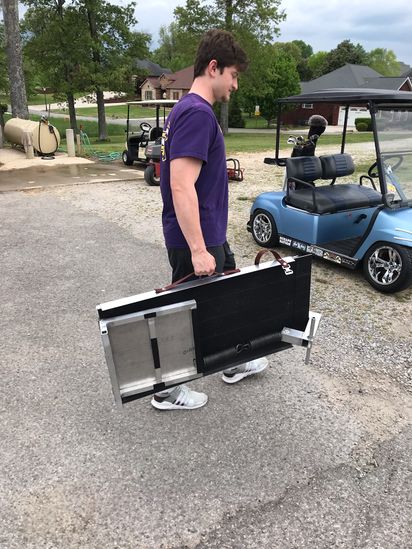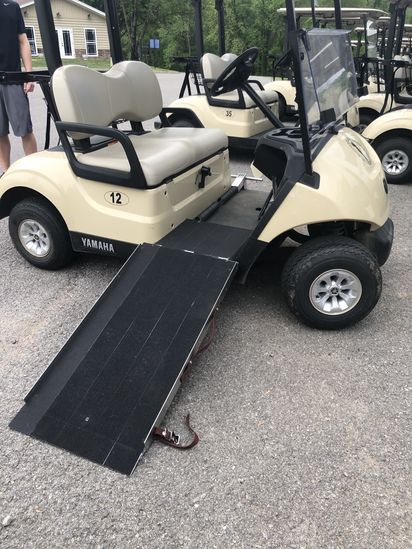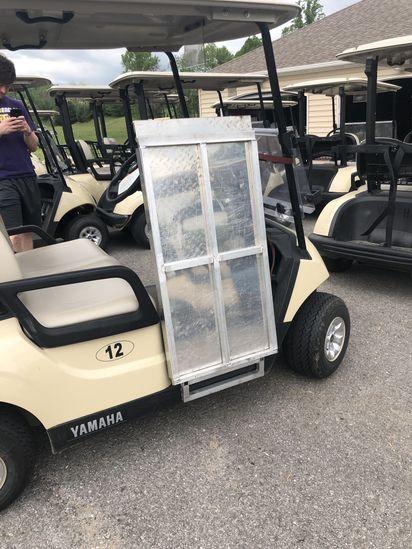Golfing Get-Around 2.0
Abstract
Our team is designing a portal ramp system to enable a boy to spend more time with Dad on the golf course, by increasing his mobility so it is less strenuous on his father to load him into the golf cart.
Team members
Problem Statement/overview of the need
A little boy with Spina Bifida enjoys spending weekends with his father on the golf course. He uses a wheelchair, which can create some mobility issues and wear out Dad after a day of lifting the wheelchair.. We aim to design a light-weight and portable ramp system to lighten the load on the father from lifting the wheelchair into and out of the golf cart.
Design Specifications
-Design must be easier than manually lifting a child in and out of the golf cart; needs to be lightweight, portable, and require little or no lifting.
-Design must be a dependable; needs to be strong and able to withstand prolonged use and weather.
-Design must provide maximum mobility possible while remaining user-friendly and portable.
1. Wheelchair Specs:
- 15 in wheels - 1.5 in tread - Tire thickness: 2.5 in - Width: 15 in - Height: 38 in with handle
2. Golf Cart Specs:
- Height: 69.5 in
- Length: 92 in
- Clearance: 8 in
- Floor Clearance: 11.5 in
- Inner Height: 55 in
- Seat:
- Height: 16 in
- Width: 41 in
- Depth: 18.5 in
Background research
Throughout our research, we found many existing solutions to the problem at hand. These solutions, however, were mostly heavy, bulky, expensive, or cart-specific. What good is a ramp that requires more work than simply lifting the wheelchair into the golf cart? There are ramps made for pre-modified carts, and even modified carts themselves, but due to having to rent or lease a golf cart, golf-cart modifications are out of the question. So we envisioned a lightweight, portable, universal, and cost-effective design requiring less strain to set up, put away, and transport. We got our inspiration from simple, lightweight, and easy-to-use trailer gates that also function as loading ramps.
Conceptual Design
After analyzing the need and brainstorming as a group, here are our three most feasible designs:
Design Concept 1 — Portable Ramp with Swivel Plate
Design Concept 2 — Portable Ramp (Aluminum)
Design Concept 3 — Portable Ramp (ABS Pipe)
Evaluate concepts/select candidate
Detailed Design
Description of selected design
Detailed description of selected design
Analysis
Engineering analysis 1
This is a stress analysis of our ramp with a 300lb person standing on it. Keep in mind our child and wheelchair will weigh less than 50 lbs, also that the yield strength of 6061 aluminum is around 290 MPA, which is plenty safe for our application.
Engineering analysis 2
This is an analysis of the contact stresses where the two pieces will touch together in order to take the load off of the hinges.
Engineering analysis 3
The third analysis was a simple angle analysis to clearance the ramp to allow it to have the proper range of motion
CAD Drawings
Bill of Materials
Assembly Instructions
Fabrication Process
Testing and implementation
We first tested our ramp by driving to a local golf course and mounting it to a similar golf cart. We then tested the ramp's durability by walking up and down the ramp, as well as driving the golf cart with the ramp attached and in its "stored" position to ensure no slips or malfunctions during use.
Once we had tested our ramp and ensured that it was in complete and working order, we contacted the family and drove the ramp out to their location. We followed the family to a local golf course where we instructed the family on its set-up and operation. Once mounted, the family took the ramp out for use that day. They keep the ramp stored inside at their local golf course for easy accessibility and quick mounting for whenever the father and son want to go golfing.
Photos of Completed design
Instructions for safe use
Instructions for use were provided to the family in person and the initial set-up and take-down were first performed by our group so that the family could watch and learn how the ramp sits on and attaches to the golf cart.
Project Summary, Reflection
Designing and fabricating/manufacturing our ramp system was very rewarding. This was the first time we were able to combine and apply our newly-learned Dynamics of Machinery knowledge with other prior engineering knowledge and put that knowledge to the test. We learned a lot from the project this semester and a lot about cutting, grinding, finishing, and other metalworking skills during our time in the shop, as well as being able to communicate and interact with a family in order to better understand their needs. It is our goal that these newly learned skills will be able to help us become better engineers in the future as well as learning from the roadblocks we encountered along the way, to limit them in the future.

